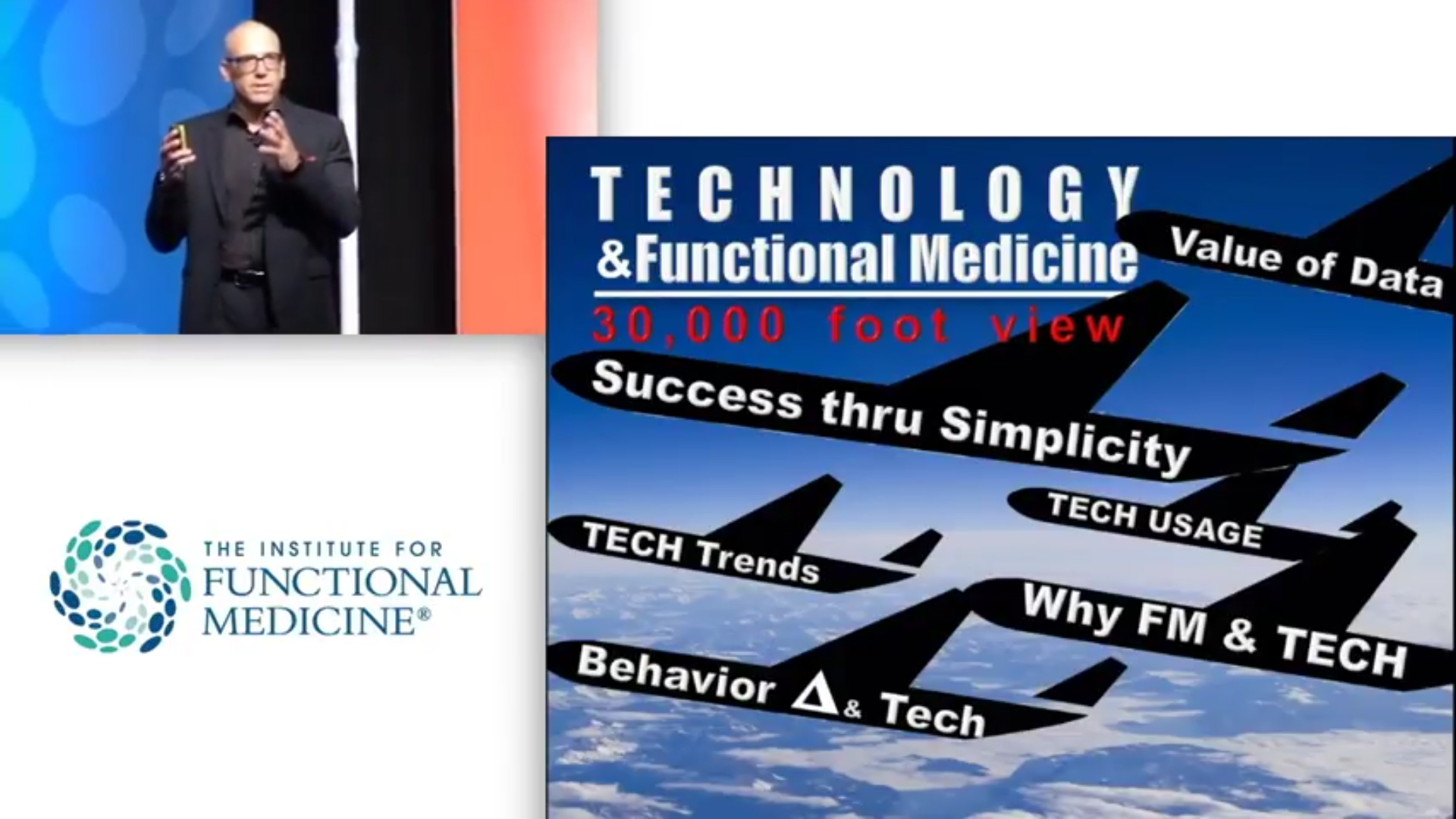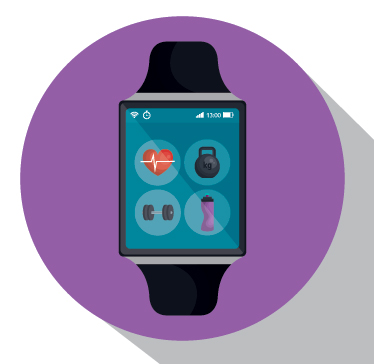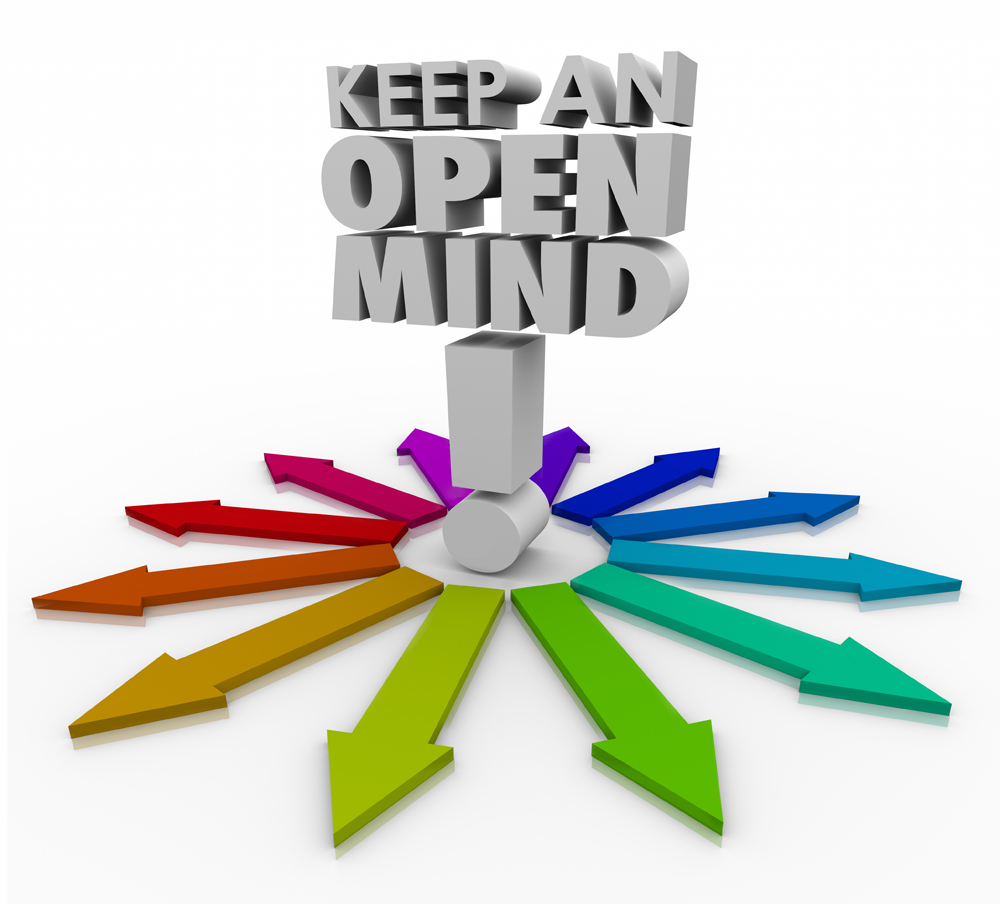Why Mobile Health Apps FAIL
What went wrong? Dr. Steve Feyrer-Melk reacts to a mobile health app that failed to gain adoption in this recent trial…
My heart stopped.
No way… Is this true? Is this even possible?
Have I missed something in my work? Is mobile health off base?
I read the title of the research paper again and again…
“Lack of Adoption of a Mobile App … Analysis of Staff and Patients in a Failed Randomized Trial.”
Oh my God… If this could apply to things I have worked on all these years this could really mean trouble.
I had to read on….
The authors did a great job setting the stage for this paper. “Thousands of mobile health (mHealth) apps … effectiveness of many apps remains unclear.”
Alright, this makes sense, but does this include the technology I am working on?
As I continued to read on I started to see where this was going. The authors summarized mHealth apps as having failed “to balance the system demands of the app with the needs, interests, or resources of the end users…”
…failure to balance the system demands of the app with the needs, interests, or resources of the end users can undermine consumers’ adoption of these technologies
Now that was it… a failure to focus on the end users… Whew! That’s the exact opposite of everything I have worked on during my 30 years in the health and prevention industry.
This research didn’t reject my work. It actually supports it!
After further analysis of the entire article and a focus on the methodology and results, it became increasingly clear that it was not mHealth that was the “failure”, but instead, this particular app and platform failed because it was a “poor fit between the app, end users, and the recruitment and treatment approaches…”
In other words, the biggest reason for the breakdown of this particular mHealth app and platform was because it was complex, and lacked effective implementation training.
As this all sunk in my heart jerked back into rhythm. My beliefs and philosophy intact, I felt vindicated.
You see, if you truly want to leverage the abilities of a health professional and help patients achieve optimal health and wellbeing, technology must be designed and implemented properly.
To accomplish this, you MUST find and integrate mHealth apps and platforms that are simple, efficient, impactful, and provide a truly positive experience from both the end-user and the medical professional.
Unfortunately, the absence of these key factors will always result in failure.
So as I sit here, still steadying my nerves from the shock of feeling like my life’s work was being derailed, I’m realizing again the absolute necessity of two of the core design principles I value most…
Simplicity isn’t optional.
You must remove every unnecessary complication to keep the patient engaged. In the word’s of the Nudge Design Principles, “Simplicity reduces choice while maximizing utility.”
Simplicity reduces choice while maximizing utility.
Empathy isn’t optional.
You must understand and build a solution starting first from the patient’s needs, with no ulterior motives. In the words of the Nudge Communication Principles we must always endeavor to “speak to each user where they are.”
Speak to each user where they are.
If you’re hoping to launch an effective program that incorporates mobile health technology, an engagement strategy isn’t optional.
Reprinted with permission from Dr. Steve Feyrer-Melk.
Steve Feyrer-Melk, MEd, PhD, is a powerful, passionate, and trusted authority in Lifestyle Medicine who is bringing an innovative, refreshing, and successful approach to proactive health care. Dr. Steve co-founded the Optimal Heart Attack & Stroke Prevention Center where he crafts and hones real-world programs for immediate impact. Dr. Steve also serves as the Chief Science Officer of Nudge, LLC, a lifestyle medical technology company.


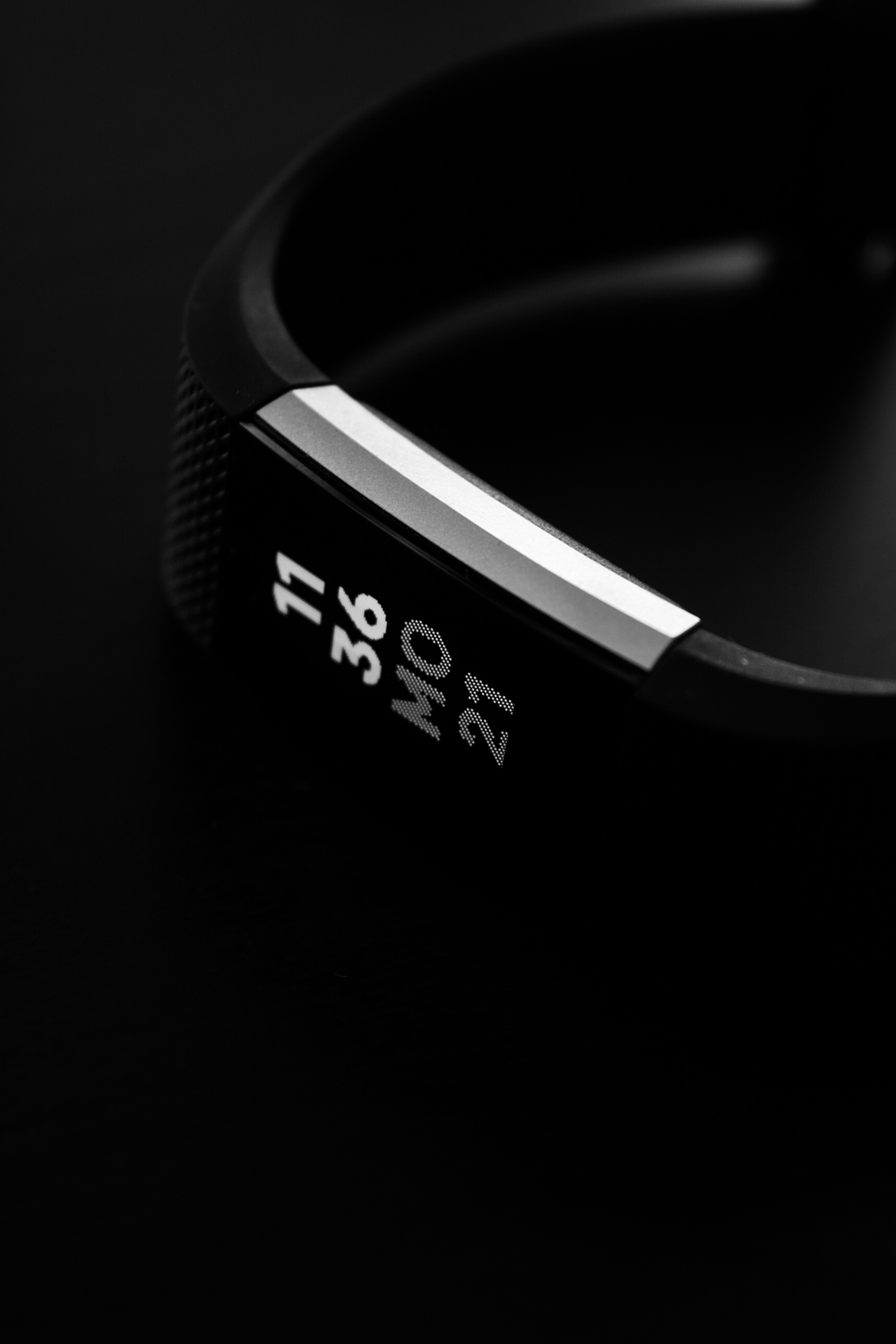
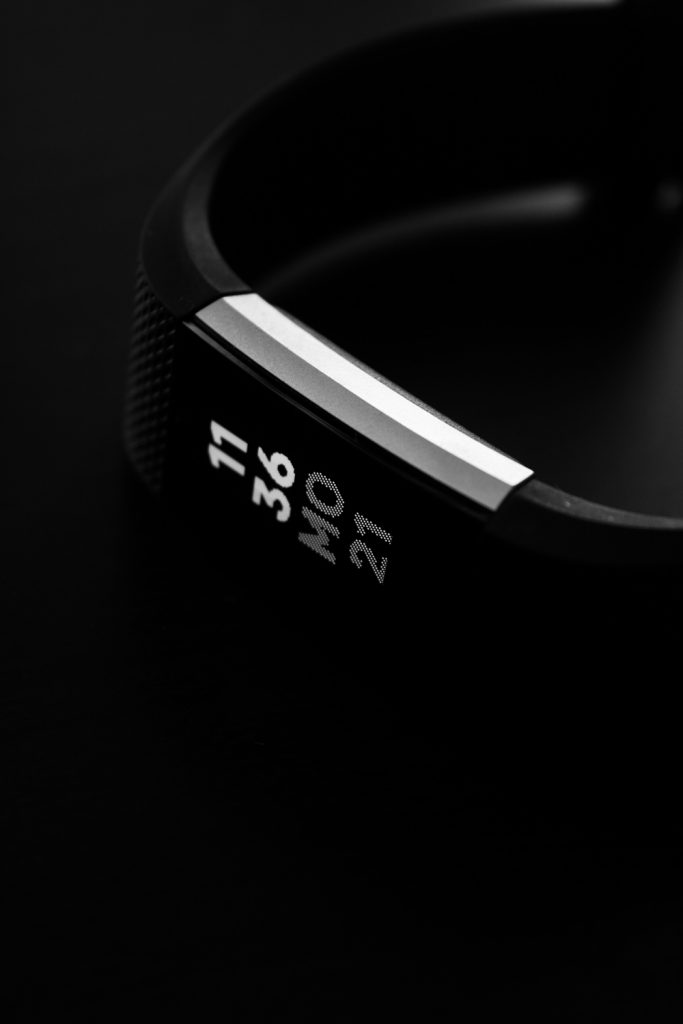 Question: What is the danger of health-related technologies in the hands of the general public?
Question: What is the danger of health-related technologies in the hands of the general public?
 Maximizing success in life and in business is dependent upon a complete relationship. To optimize your success you must see your time away from others just as important as the time you spend with them.
Maximizing success in life and in business is dependent upon a complete relationship. To optimize your success you must see your time away from others just as important as the time you spend with them.